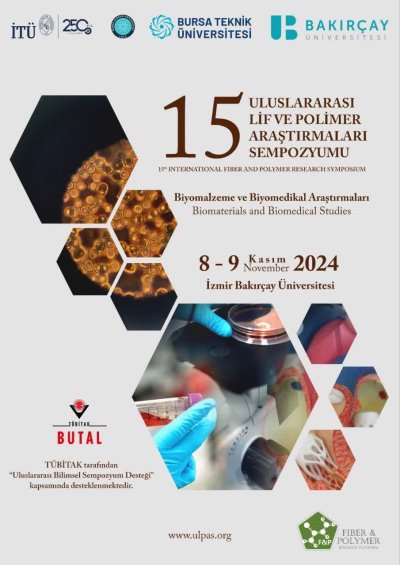0% Complete
Authors :
Keywords :
Abstract :
List of archived papers
Benamir FIDANCI - Emir BALTACIOGLU - Osman AYDIN
ALİ TOPTAŞ - Ali Kılıç - Ali Demir
Berk Baykan - M. Reza Nofar
HALİL İBRAHİM TURGUT - ÖZLEM YARAR - BEGÜM SELÇUK ELGÜN
Muhammed Onur Avcı - Edanur Korkmaz - Çisem Gilik - Mustafa Mert Kurdiş - Cansu Güneş - Ahmet AVCI



